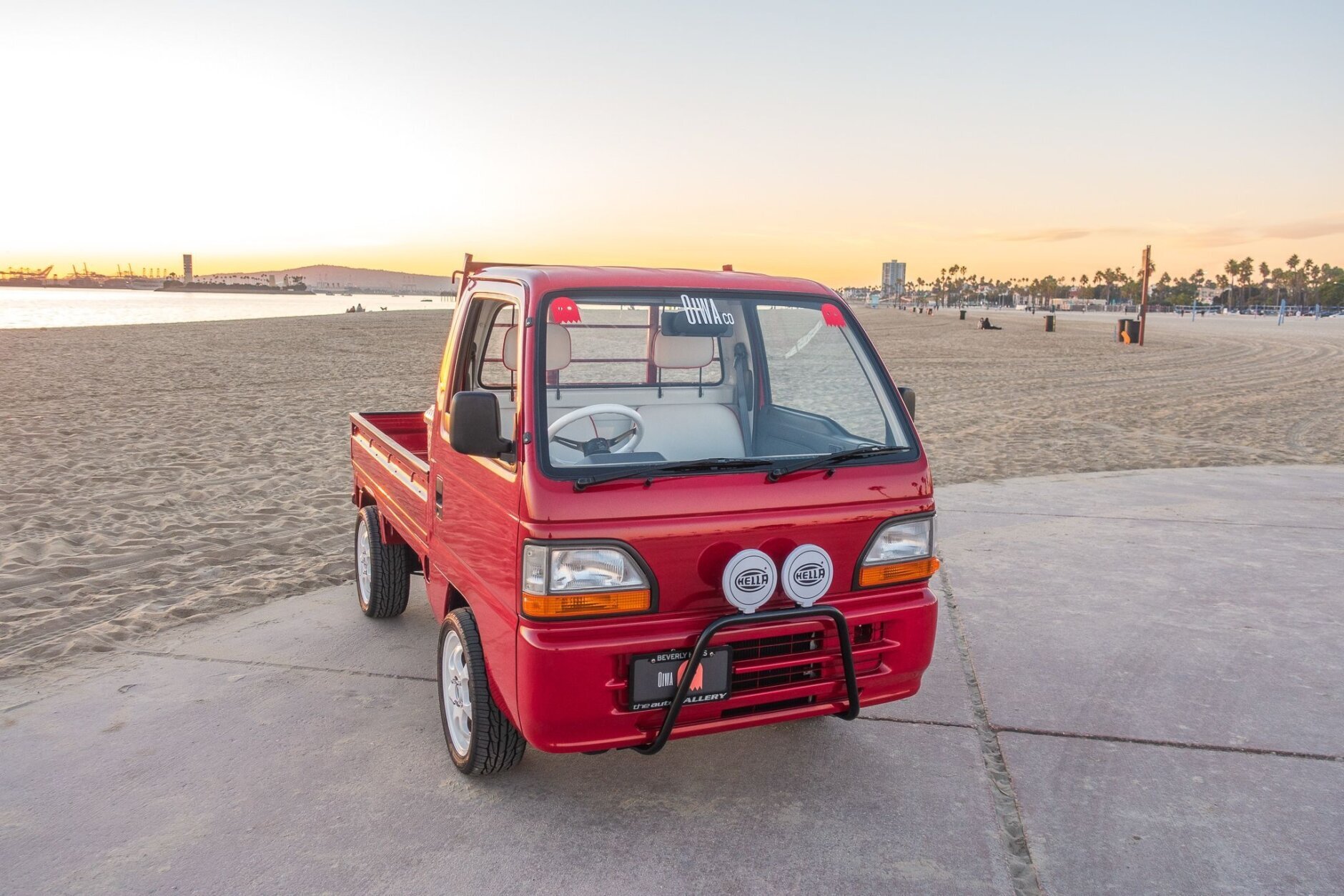
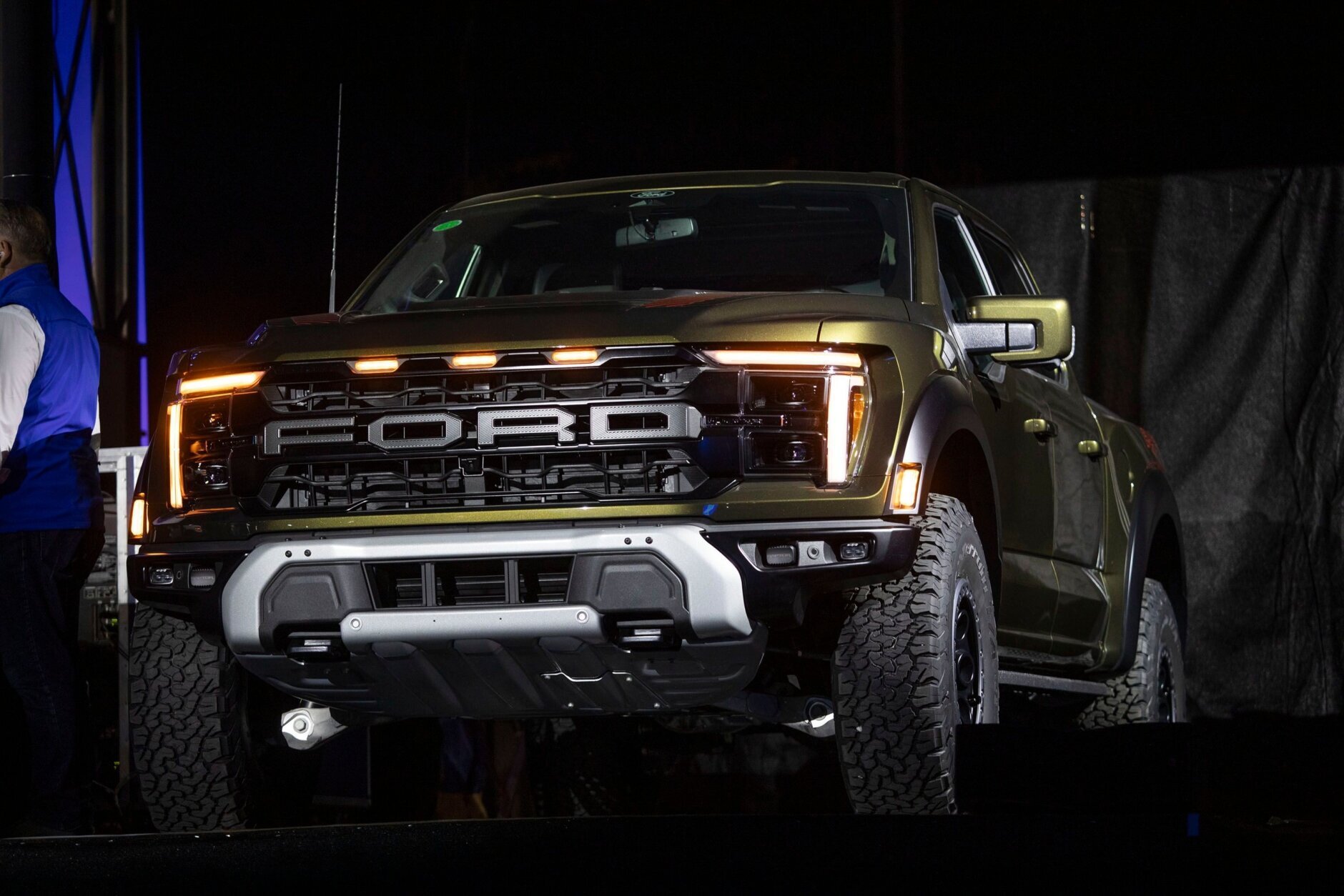
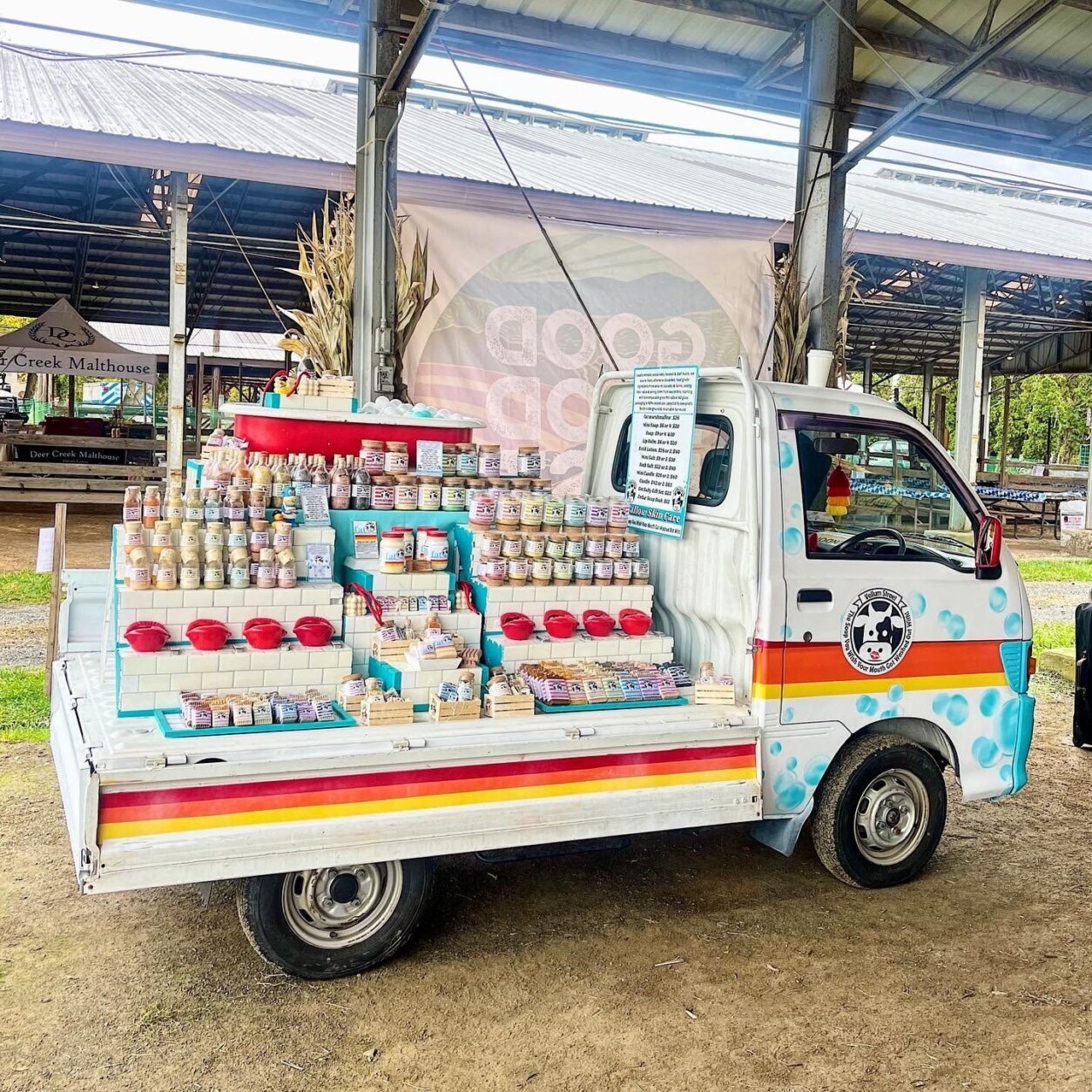
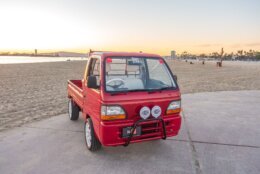
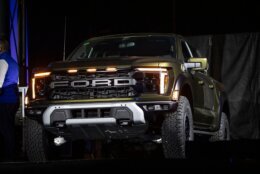

(CNN) — Measuring about half the length of a Ford F-150, Kei trucks look almost like toys in comparison to your standard pickup truck. But for a car so tiny, you might be surprised at the massive following that they command.
Kei trucks, built to satisfy Japanese light automobile regulations and known as “keitora” (meaning “light truck”) in Japan, are vehicles that have been enjoying a surge in popularity in the automobile market. Sales of Kei trucks tripled in the last five years, with around 7,500 total imported just last year, according to data from Japan Used Motor Vehicle.
Meanwhile, auto experts see the Kei truck craze as a pushback against big trucks by cash-strapped Americans as the average pickup size and average price tag skyrocketed post-pandemic, according to data from Cars.com.
But the cult following of these mini trucks might be better measured by the ubiquity of online spaces that owners and enthusiasts have carved out for themselves.
Instagram page Kei Trucks Appreciation Society (@keitrucksas) sells Kei truck-themed merchandise from hoodies to stickers and posts memes for its more than 95,000 followers. On X, Kei truck fans share pictures of mini trucks they spot in the wild.
There is even a dedicated Reddit forum where over 23,000 members trade tips on truck maintenance and their experiences importing from Japan.
But also common are discussions on the ever-changing legality of Kei trucks by state.
While federal regulation allows the import of mini trucks so long as they are 25 years or older, state laws surrounding on-road use and registration are spotty.
Most states lack Kei-specific regulation entirely, and so far, only 19 states allow Kei trucks on public roads. In New York, where laws are stricter, they can’t be registered or titled.
But despite limitations, demand for Kei trucks continues to grow.
Here’s what makes them so popular.
Tiny but mighty
On the practical end, Kei trucks combine utility and affordability.
“People want the functionality of a truck, but they don’t want the size of it or to spend $60,000 on it,” said George Zotos, owner and CEO of Kei truck brokerage company OIWA.co.
Prices for the Ford F-150 Raptor, one of the line’s higher-power models, start at $78,440. And the high-end 2024 Chevrolet Silverado 1500 High Country starts at $68,495.
According to Zotos, the sticker price for Kei trucks sold in the can range anywhere from $500 to $6,000. Research by CNN shows that they can go for even more than that in good condition.
Tetsu Ichino, owner of Japanese grocery store Maruichi in Rockville, Maryland, told CNN that he bought his Kei truck for $5,000. Adding shipping and taxes, his total came to $8,100.
“I was able to buy it with my credit card. I’ve never bought a car with a credit card, so that was a first for me,” he said.
Ichino, a lifelong truck enthusiast, sold his full-size pickup Toyota Tundra in March because he didn’t use it often enough but later missed the utility it provided. He told CNN that while he originally planned to buy another similarly sized truck, he found himself caught up in the Kei truck hype.
The engine on Ichino’s 1998 Honda Acty is smaller than that of a motorcycle, but he says it’s still one of the most practical trucks out there. And in Maryland, where there are no Kei-specific rules, he mainly uses it for transporting supplies to his store.
“For the majority of what I do, I will be able to do with the Kei truck,” he said.
According to Andrew O’Bright, managing member of Japanese auto import company JDM Imports CT, most mini trucks have the same roughly 6-foot bed size as the F-150, Ford’s full-size pickup truck line known for its towing capacity and powerful engine.
“They have the utility of an F-150 while getting 30 to 50 miles to the gallon on top of cheaper insurance, cheaper gas,” he said. “Everything about them tells consumers this is the way to go.”
Novelty factor
But efficiency isn’t the Kei truck’s only point of appeal. Their unique, toy-like image also lends them a sense of novelty.
“It is hard to quantify other than people just have a fascination with this micro vehicle,” Zotos said.
He also points to the truck’s versatility as another reason why they appeal to such a wide demographic.
“We’re talking about people who are just turning 16 and getting their driver’s license,” he said. “I had another customer in Chicago who got a truck just to wrap it for advertising.”
The cuteness factor of the Kei truck has proved advantageous for Melissa Torre, founder of Philadelphia-based soap and skincare company Vellum Street.
As a small business owner, Torre is a regular at farmers markets where vendors are usually allotted a 10×10 space.
To avoid the hassle of carting her merchandise back and forth between the parking area and the market lot, she began looking into trucks she could operate her business out of. But the milk vans and box trucks she originally considered were much longer, and she would need to buy two spaces to set up shop.
In her research process, Torre came across Kei trucks, which run less than 11 feet in length.
“They would fit exactly in the allotted space that I had been using. It was just a perfect transition without having to increase my cost,” she said. “I get to just pull up and set right up in the back of my truck. So it’s made life a lot easier.”
She told CNN that she even spray-painted bubbles on her 1996 Daihatsu Hijet to match her company’s branding.
“People who may not have stopped before to talk to me at markets will stop and talk about the truck. It’s a driving billboard, but in a fun way,” she said. “Kids love it. Adults love it. People are always surprised that I actually drove it there.”
Smaller and simpler
But for all their popularity, auto experts don’t see Kei trucks becoming mainstream.
“It’d be hard to imagine,” said Mark Schirmer, director of corporate communications at Cox Automotive. He pointed to the failure of Mercedes’ Smart brand in the US but their success in Japan as an example of smaller vehicles performing better in countries with smaller roads. Smart cars, small vehicles built with only two seats and minimal trunk space by Mercedes-Benz, were introduced in 2008 but exited the U.S. market in 2019 due to weak sales.
“I think Americans are just used to space,” Schirmer added.
And non-profit organizations like the Insurance Institute for Highway Safety have been vocal about their opposition to on-road use of mini trucks, citing concerns about the safety of low-speed vehicles.
Still, he sees the popularity of more compact – if not quite small – truck models like the Ford Maverick and Hyundai Santa Cruz as a sign of Americans’ appetite for a smaller truck segment.
Whereas the Ford F-150 offers 5.5-foot, 6.5-foot and 8-foot bed options, the Maverick is only available in a 4.5-foot bed. But sales numbers hit 40,420 through the first half of 2024, according to data from Ford. And data from Edmunds showed that Americans were trading in more midsize and large pickup trucks for compact trucks than vice versa.
Ivan Drury, Edmunds’ director of Insights, says climbing costs for trucks, coupled with high interest rates, are at the heart of this shifting preference toward smaller trucks.
“I think people have always liked the utility of trucks, but unfortunately, when they found out that they liked trucks 10 years ago, the price just started going through the roof,” he said. “With all the features and add-ons, you look at how much a truck has changed over the last 10 years, they’re nothing like what they used to be.”
As competition within the auto industry heats up and automakers race to put out more advanced features, Drury says the popularity of smaller vehicles signals a desire for a return to simpler car models.
“There’s tons of technology,” he said. “At some point, it’s going to be too much and you turn away from it. You’re like, “’I don’t need all that.’”
The-CNN-Wire
™ & © 2024 Cable News Network, Inc., a Warner Bros. Discovery Company. All rights reserved.







